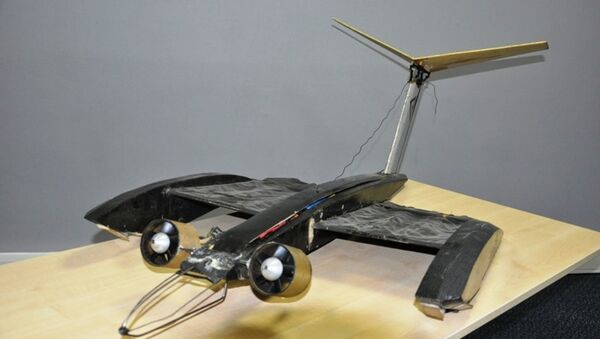Looking to the night skies and nocturnal mammals to model unmanned MAVs on, a team of academics from Southampton University and Imperial College London focused on bat physiology and used computer technology to design artificial wings that can mimic the movement of a bat.
The mammal-inspired MAVs can change shape to counter the air force — without the need for mechanical parts.
"We've successfully demonstrated the fundamental feasibility of MAVs incorporating wings that respond to their environment, just like those of the bats that have fueled our thinking," said Professor Bharath Ganapathisubramani from Southampton's Aerodynamics and Flight Mechanics Groups.
"We've also shown in laboratory trials that active wings can dramatically alter the performance."
The combination of mammals and MAVs is said to be unique in the field of bio-inspired MAV design.
Bat inspired wings for MAV https://t.co/lPxFYW57Yp EPSRC-funded research @unisouthampton @imperialspark https://t.co/3csYdU1Sgk
Posted by Engineering and Physical Sciences Research Council on Thursday, February 18, 2016
Micro Air Vehicles are part of the Miniature Unmanned Vehicles family and can be as small as 15 centimeters wide. They are being developed for commercial, government and military purposes and can remotely observe areas inaccessible by vehicles on the ground.
We're taking unmanned flight to new heights with an innovative wing design, based on bats: https://t.co/vJVW7haKnY pic.twitter.com/zRfBfUxlXY
— Uni of Southampton (@unisouthampton) February 20, 2016
In the case of the bat-inspired MAV wings, Dr Rafael Palacious of Imperial's Department of Aeronautics said:
"This is a paradigm shift in the approach to MAV design… Instead of a traditional approach of scaling down existing aircraft design methods, we constantly change the membrane shape under varying wind conditions to optimize its aerodynamic performance."
The bat drones currently under development in the UK will be able to fly over long distances and cost less than traditional MAVs.


